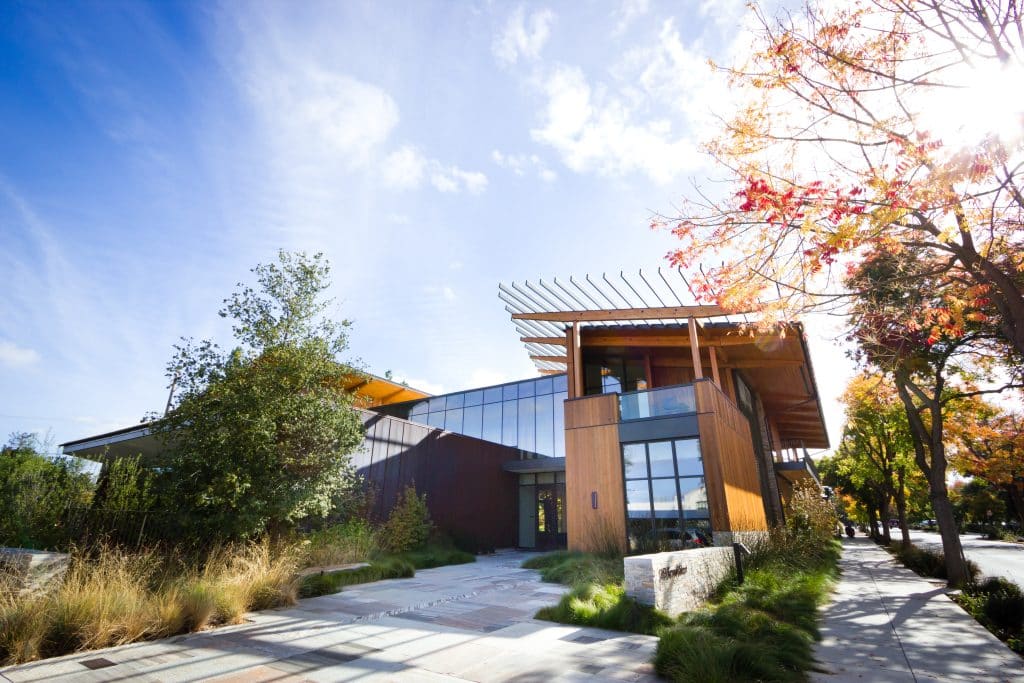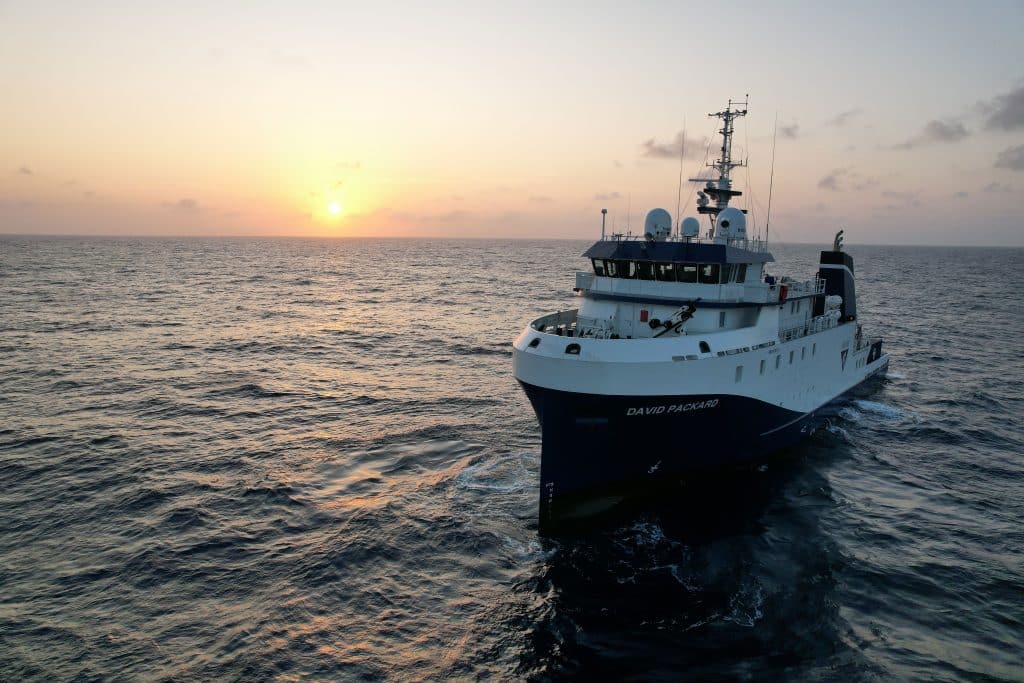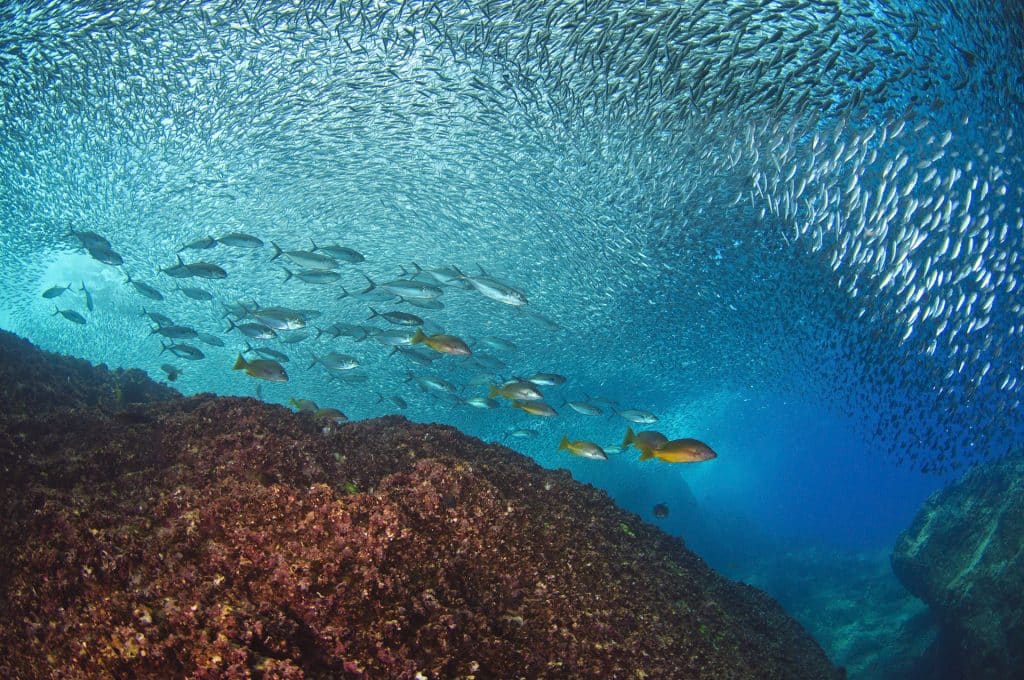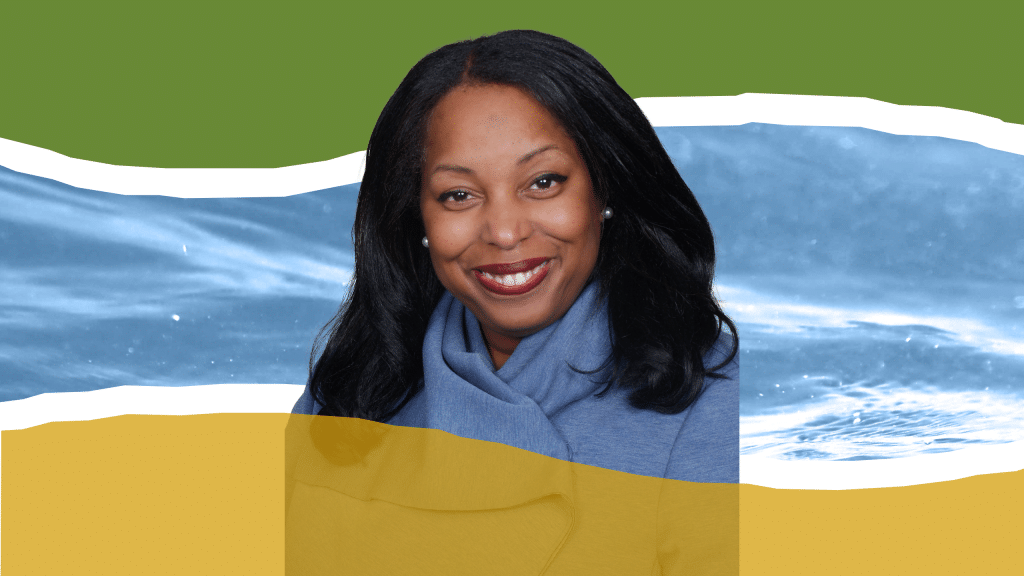A region renowned for its rich biodiversity and dense tropical rainforests, Southwest Papua in Indonesia is home to many Indigenous communities who have stewarded these lands for generations.
In a series of landmark victories, several Indigenous communities across Southwest Papua have recently achieved the long-sought recognition of their land rights.
With official recognition of their customary rights, tribes can safeguard their forests, rivers, and biodiversity, preserving their cultural heritage and ensuring sustainable livelihoods for future generations.
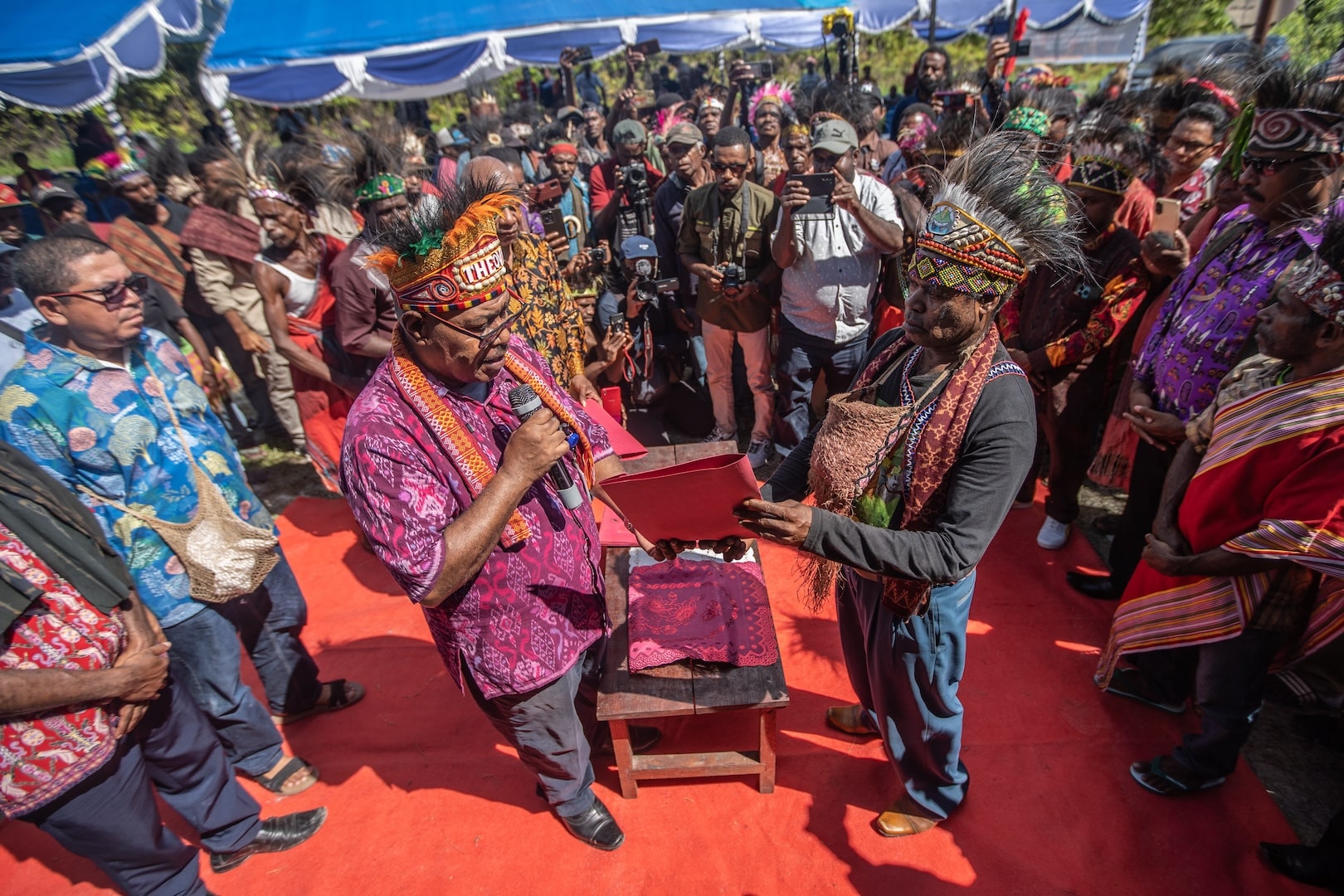
Knasaimos Indigenous Community
The Knasaimos Indigenous Community, comprising six large tribes—Kna, Saifi, Imian, Ogit, Srer, and Salmiet Klawsa —has achieved a historic milestone with the formal acknowledgment of their customary rights over 97,411 hectares of rainforest, approximately the size of Hong Kong or Dallas, Texas. The Knasaimos Indigenous community, established in 2009, has long been committed to protecting their ancestral lands from industrial exploitation.
This monumental achievement, formally acknowledged by the South Sorong Regency Government in early June, marks the end of a decades-long effort for the Knasaimos Peoples. The decree acknowledges that this land belongs to them, including settlements, forests, and all resources within it.
“Finally, with this decree, the nation opens its eyes to an indisputable fact, true since time immemorial: that this land has always belonged to our ancestors, and so to us, and is our grandchildren’s birthright.” said Fredrik Sagisolo, chair of the Knasaimos Indigenous Peoples Fellowship Council. “We alone have the legal right to determine our future and manage our land, its deep green forests, its turquoise rivers, and the many-colored diversity of plants and animals that call it home.”
The David and Lucile Packard Foundation supported grantee partners Bentara Papua and Greenpeace to support the Knasaimos Customary Council in creating a map of their territory and in pursuing land recognition.
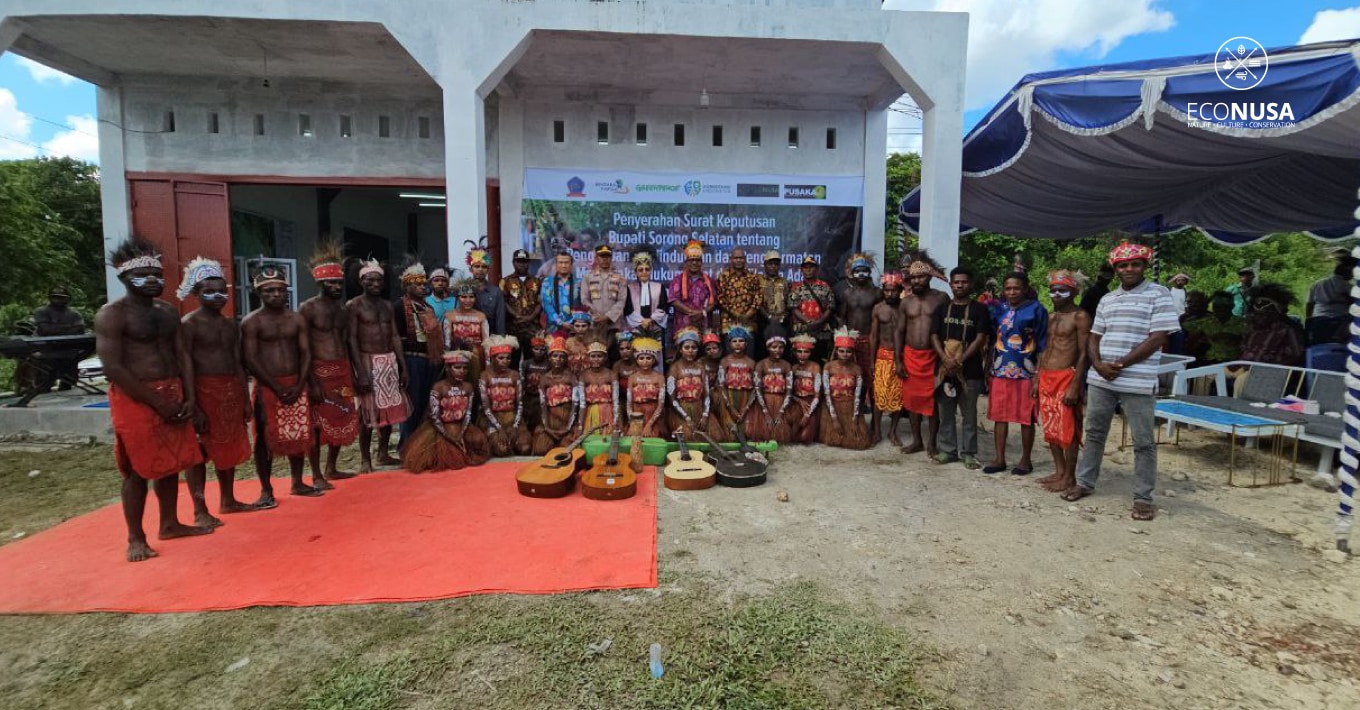
Nakin Onim Fayas and Tehit Mlaqya Sub-Tribes
In another victory, the Indigenous communities of the Tehit Mlaqya and Nakin Onim Fayas sub-tribes have secured official recognition of their ancestral lands. This milestone was achieved with the official signing of the Decree for the Recognition and Protection of Customary Law Communities and Territories on June 6, 2024.
The decree acknowledges a vast customary territory spanning 53,916 hectares, about double the size of Sacramento, California. The territory included 50,136 hectares designated for the Nakin Onim Fayas sub-tribe residing in residing in Kampung Mogatemin and Kampung Onimsefa, and 3,780 hectares for the Tehit Mlaqya sub-tribe, residing in Kampung Tapiri and Kampung Wersar.
“We thank the South Sorong government for recognizing our land rights and the EcoNusa Foundation for their selfless support,” said Alfaris Dere, leader of the Nakin Onim Fayas sub-tribe.
The decree signifies the local government’s official recognition of the identity and cultural significance of these customary law communities, essential for safeguarding their rich heritage and time-honored traditions. Both tribes have long resisted efforts by companies to develop palm oil plantations on their land.
“Our long journey began when companies attempted to clear the land,” said Jeams Kondjol, leader of the Tehit Mlaqya sub-tribe. “We remember the struggle, and now we are overjoyed by this historic moment.”
The Packard Foundation supported grantee partner Econusa in their work with the Nakin Onim Fayas sub-tribe and the Tehit Mlaqya sub-tribe to secure land recognition.
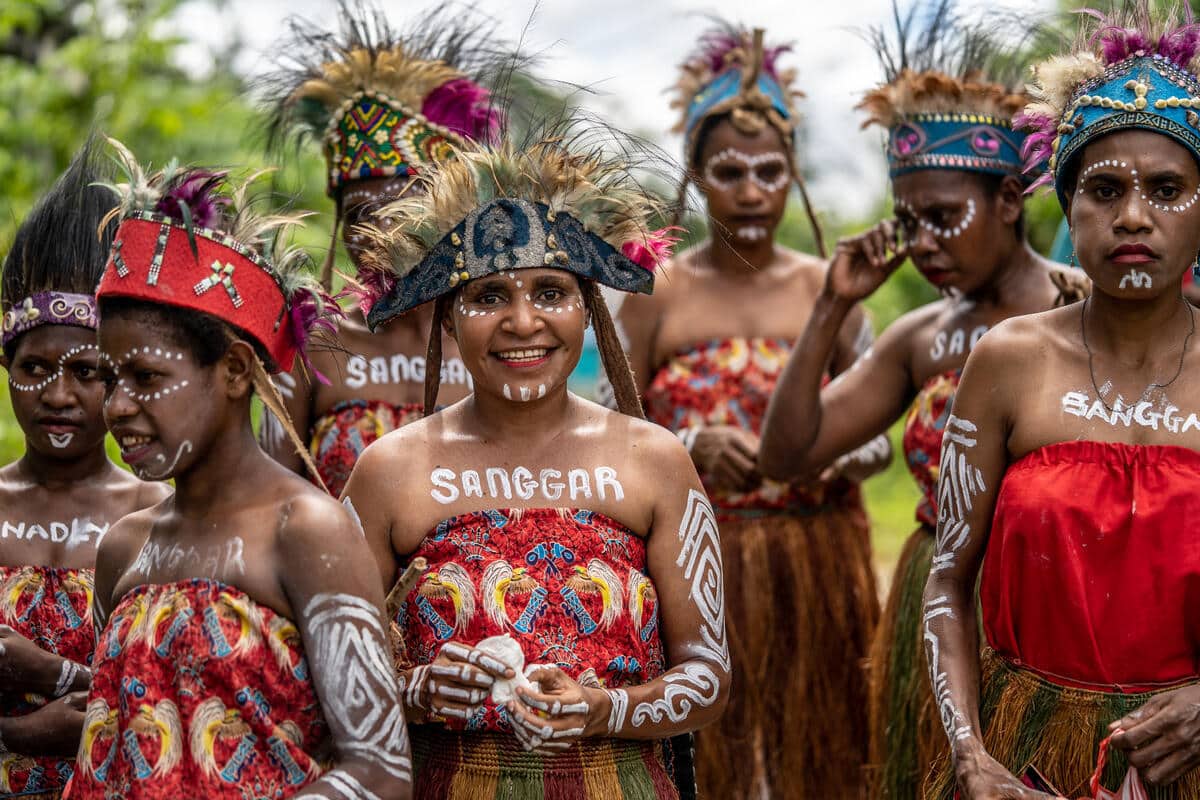
Supporting Local Leadership in Climate Solutions
There is no viable solution to the climate crisis without increased forest and land management by Indigenous Peoples and forest communities. About one-quarter of the world’s land is owned or managed by Indigenous Peoples and forest communities, and by some estimates, 80 percent of the world’s biodiversity is found on these lands. And yet only a small proportion of these communities holds secure rights to own, manage, and control their land and resources.
The Packard Foundation through our Global Climate Initiative, together with our partners at the Climate and Land Use Alliance (CLUA) and other donors, is supporting a philanthropic initiative called Forests, People, Climate (FPC) that partners with funders and civil society organizations to end and reverse deforestation in tropical forests. To advance equitable and enduring solutions, FPC focuses on ensuring funding flows to where it is most needed for success, in particular to Indigenous Peoples, Local Communities, and Afro-descendants in tropical forest countries. FPC works across three geographic strategies in Indonesia, the Congo Basin, and the Brazilian Amazon.
The Packard Foundation has also bolstered partners and their institutions through support for leadership and organizational strengthening support. This comprehensive approach has been vital in helping local partners like Bentara Papua and Econusa work with Indigenous communities to achieve their goals related to effective land management.
These recent land rights victories showcase the strength of grassroots movements and the importance of legal recognition for Indigenous communities in preserving their lands and culture.

